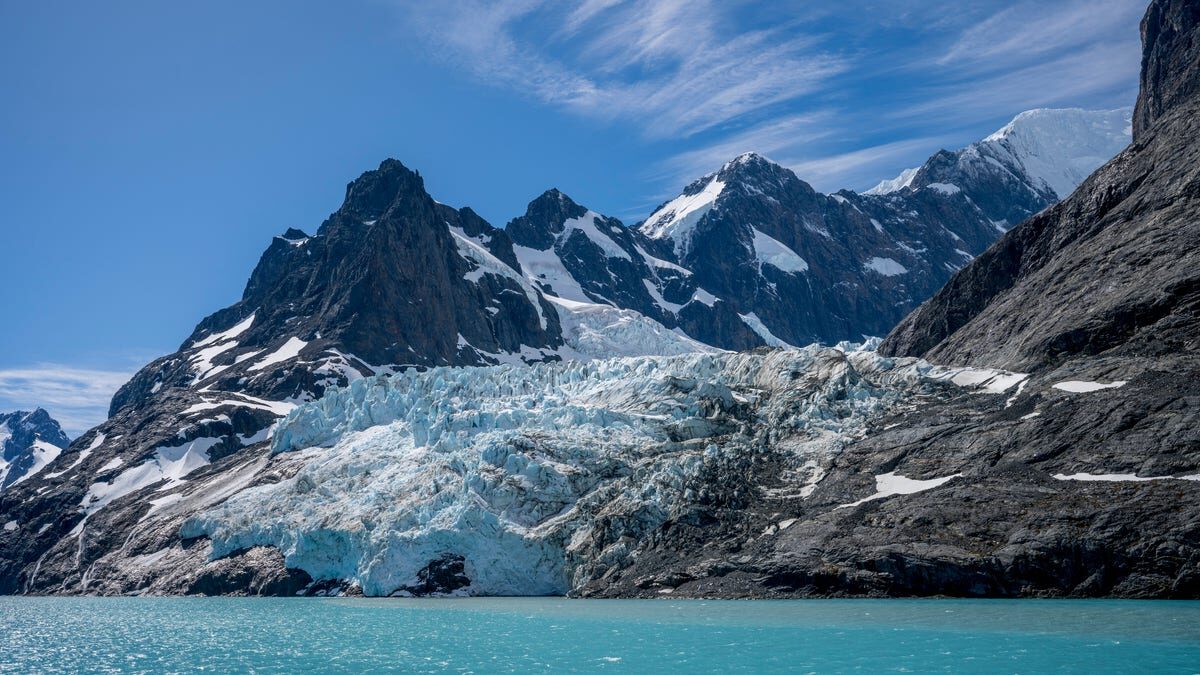
The world's largest iceberg has moved for the first time in 30 years after finally freeing itself from the ocean floor near Antarctica — and it could end up causing problems for wildlife.
Iceberg A23a "calved," or fell off the greater glacier on the continent, from the western side of the Ronne Ice Shelf and floated in the Weddell Sea before it ended up caught on the ocean floor in 1986. The piece of ice, at a size of 1,500 square miles and weighing nearly a trillion metric tons, is about three times the size of New York City.
The size makes it the world's largest iceberg in the world, only briefly losing the title to iceberg A76 before that iceberg split into three fragments.
The iceberg's trajectory will see it leave Antarctic shallows and enter the greater Southern Ocean, moving along a path known as "iceberg alley" where other chunks remain.
Famous explorer Sir Ernest Shackleton followed this same path when he made his escape from the area in 1916 after losing his ship to an ice crush, according to the BBC.
Glaciologists and climatologists have tracked the iceberg's movement with satellite imagery, allowing them to closely mark its trajectory. They have discerned the iceberg is accelerating as it travels out from the shore.
British Antarctic Survey glaciologist Oliver Marsh told Reuters that the iceberg could have finally dislodged from its spot on the ocean floor after thinning for the past few decades, giving it a "little bit of extra buoyancy" that has also allowed it to pick up speed faster than scientists would have anticipated.

South Georgia is home to myriad animal life, including seals, penguins and other seabirds that breed on the island. The lack of food access could endanger a swath of newborn animal populations.
If the iceberg doesn't cause problems for South Georgia, it could end up heading toward South Africa, where it could cause massive disruptions to shipping lanes.
A23a could end up suffering the same fate as A76 and another massive iceberg, A68, which also broke into smaller chunks as it entered warmer waters.
The melting iceberg could end up releasing the minerals gathered from its time as a glacier that dragged itself across the Antarctic continent, remaining frozen for thousands of years. The minerals provide some nutrients to organisms in the area, though not enough to make up for the potential loss of food access in the short term.
Peter Aitken is a Fox News Digital reporter with a focus on national and global news.



There's obvious detachments of consciousness when applied to the operating environments in which humanity lives and this status of existence is being actively promoted by those elected to serve one.
I've witnessed very few engagements of commentary with regards to the weather whilst here on SOTT, and the obvious lack of interest shown here today supports such a claim.
There's a manufactured distraction taking place, deliberately so, wars are ten a penny and leadership from governments has gone beyond questionable.
Their covering something up, something one should be concerned about, for it concerns that place one calls home, Planet Earth.
The net Zero BOLLOCKS is a distraction, so designed to move one's attention, for in the background there a more pressing concern, Earth's participation in solar cycles and how that changes the environment here on Earth.
So, ignore the weather at one's peril, become engaged in distractions and one will not witness what is unfolding naturally before one.